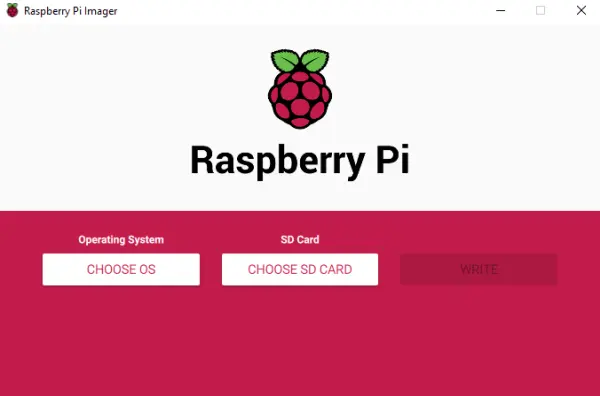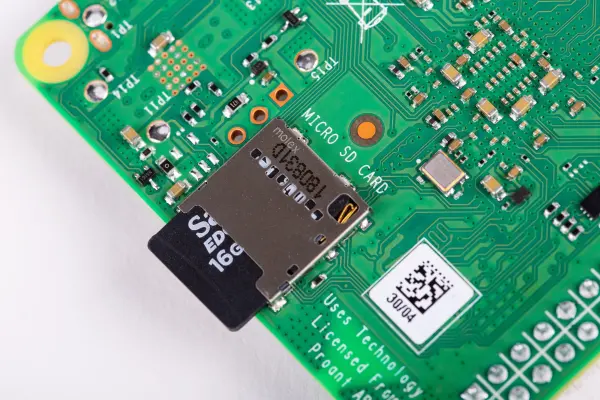I'm pleased to share that we've developed a streamlined new tool for preparing microSD cards with the Raspberry Pi's operating system software. Called Raspberry Pi Imager, it provides an easier imaging process compared to past methods.
Rather than relying on complex command line instructions or third-party disk imaging utilities, our new Imager application handles the entire workflow in a simplified graphical interface. It allows you to directly select, download, and write Raspberry Pi OS (formerly Raspbian) as well as other supported operating systems to a microSD card with just a few clicks.
This imaging utility makes the process of setting up a bootable microSD for Raspberry Pi simpler and more straightforward than ever before. Rather than struggling with technical documentation, users can now image cards in a user-friendly way using our new first-party imaging solution.
I'm excited to share this development, as Raspberry Pi Imager streamlines one of the initial setup steps for new Raspberry Pi users. Be sure to check it out the next time you need to prepare a microSD card for your single-board computer.
Simplifying the Raspberry Pi experience
One of my top priorities with Raspberry Pi has always been lowering barriers to entry and making the experience approachable for anyone. Since the original model launched, user-friendliness has been a core focus of our development efforts.
Some examples of this include adding a graphical user interface to our operating system. This made managing Raspberry Pi significantly more intuitive compared to command lines alone. We also created a first-run setup wizard to guide new users through essential configurations on initial boot up.
Documentation like books and magazines have helped get people building quickly with step-by-step guides. And compiling all essential components into the Raspberry Pi Desktop Kit box further streamlined the unboxing and setup process.
By addressing small points of friction early on, we aim to remove any technical hurdles that could discourage a curious learner from diving in and exploring and experimenting with Raspberry Pi. It's so important to me that anyone can discover the joy of computing through our devices and platforms without facing undue complexities. Accessibility is a core value as we continue developing new products and resources.
SD cards can be a bit tricky
Even with efforts to boost usability at every stage of the Raspberry Pi experience, one area that remained somewhat intricate was preparing microSD cards for use. Installing an operating system on the flash memory involved following some technical steps.
While operating systems, desktop environments and overall setup processes grew increasingly intuitive over the years, loading software onto microSDs to deploy on Raspberry Pi devices required familiarity with things like disk imaging tools, command line commands and file operations.
It wasn't necessarily difficult per se, but there existed more room for simplification compared to other lowered points of entry we aimed for. The act of programming an OS image onto the microSD memory could prove a bigger initial hurdle than intended.
So in that spirit of continual improvement towards accessibility, reducing complexity during the crucial microSD formatting stage remained an important opportunity. This is where our new Raspberry Pi Imager comes into play.
A major hurdle in imaging microSD cards has stemmed from variations in how different operating systems interact with removable media. Windows, macOS, and Linux each handle SD cards differently, adding complexity for users.
Additionally, finding and installing the newest Raspberry Pi OS image file can perplex beginners without past exposure to disk imaging utilities. Tasks like locating downloads, understanding image file formats, and using flashing tools like Etcher pose learning curves.
For these reasons, we have traditionally advised customers to purchase microSDs preloaded by authorized resellers to bypass imaging steps. This ensured hassle-free, out-of-box functionality.
However, what about situations where users need to reimage an existing card? In those scenarios, a simplified imaging process directly within the major operating systems was still needed. Cross-compatibility and intuitive workflows remained areas where we could further optimize the user experience.
Specifically when reflashing microSDs, an easy imaging solution spanning Windows, macOS and Linux would help immensely. And that's where Raspberry Pi Imager comes in.



